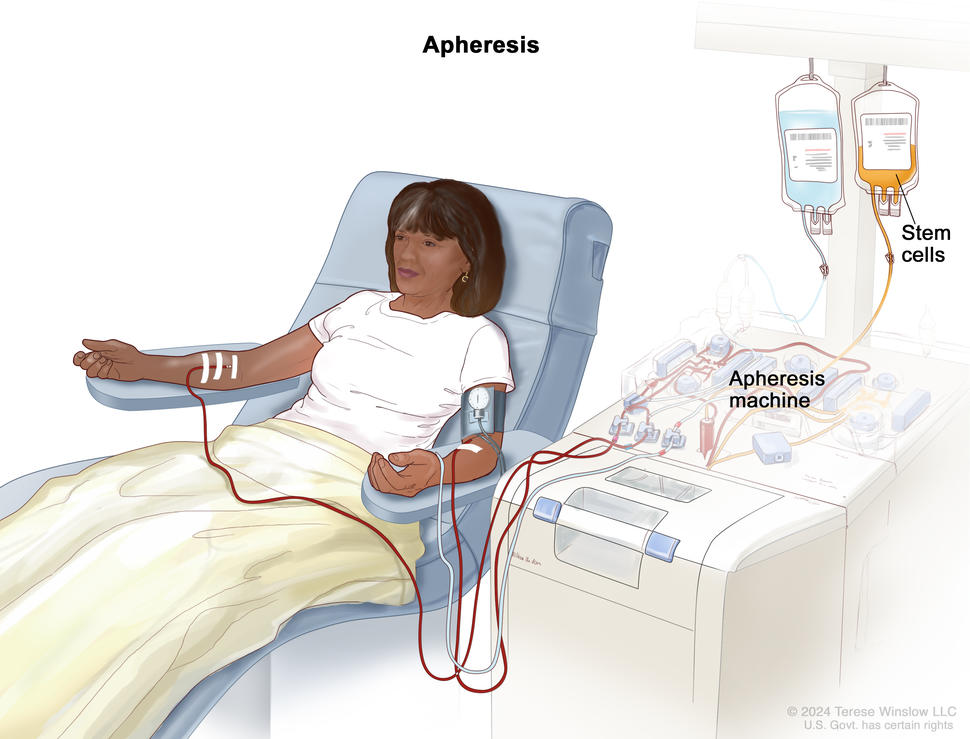Stem cell IV therapy is rapidly gaining attention as a groundbreaking approach in the field of regenerative medicine. This innovative treatment involves the intravenous administration of stem cells to promote healing and rejuvenation throughout the body. Unlike traditional therapies that target specific symptoms, Stem Cell IV Therapy aims to address the root causes of various conditions by harnessing the natural repair mechanisms of the body. As more research emerges, this therapy is showing promise in improving outcomes for a range of diseases and injuries.

One of the most compelling aspects of stem cell IV therapy is its ability to provide systemic benefits. When stem cells are delivered through the bloodstream, they can travel to multiple sites of injury or inflammation, making it a versatile treatment option. For patients suffering from chronic illnesses, autoimmune disorders, or degenerative diseases, stem cell IV therapy offers a potential solution that goes beyond symptom management. The stem cells work by reducing inflammation, promoting tissue regeneration, and modulating the immune system, which can lead to improved overall health.
The science behind stem cell IV therapy is rooted in the unique properties of stem cells themselves. These cells are undifferentiated, meaning they have the capacity to develop into various specialized cell types depending on the signals they receive from their environment. This adaptability allows them to replace damaged cells and support tissue repair. Moreover, stem cells release growth factors and cytokines that enhance the body’s natural healing processes. With stem cell IV therapy, these powerful cells are introduced directly into the bloodstream, enabling them to reach affected areas more efficiently than localized treatments.
Safety and efficacy are important considerations when discussing stem cell IV therapy. Clinical studies have demonstrated that the use of mesenchymal stem cells, commonly sourced from bone marrow or adipose tissue, is generally well-tolerated by patients. These cells possess immunomodulatory properties, which reduce the risk of rejection or adverse reactions. However, it is crucial for individuals to seek treatment from qualified medical professionals who use standardized protocols and adhere to regulatory guidelines. Proper patient evaluation and monitoring ensure that stem cell IV therapy is both safe and effective.
In addition to its regenerative capabilities, stem cell IV therapy may also have anti-aging benefits. As the body ages, its ability to repair damaged tissues diminishes, leading to the visible and functional decline associated with aging. By introducing stem cells into the bloodstream, this therapy has the potential to rejuvenate aging tissues, improve energy levels, and enhance overall vitality. While more research is needed to fully understand the extent of these effects, many patients report noticeable improvements in skin texture, cognitive function, and physical endurance following stem cell IV therapy.
Stem cell IV therapy is also being explored for its potential to accelerate recovery from injuries. Athletes and active individuals are increasingly turning to this treatment to reduce downtime and promote faster healing. The therapy’s ability to decrease inflammation and stimulate tissue regeneration makes it a valuable tool for managing conditions such as tendonitis, ligament injuries, and muscle strains. By addressing the underlying damage rather than merely alleviating pain, stem cell IV therapy helps patients return to their daily activities more quickly and with improved function.
While the promise of stem cell IV therapy is significant, it is important to recognize that it is not a miracle cure. The effectiveness of the treatment can vary depending on the patient’s condition, age, and overall health. Furthermore, ongoing research is needed to optimize dosing, delivery methods, and long-term outcomes. Patients interested in stem cell IV therapy should have realistic expectations and work closely with their healthcare providers to determine if this innovative approach is appropriate for their individual needs.
In summary, stem cell IV therapy represents a remarkable advancement in regenerative medicine, offering hope to those suffering from chronic conditions, injuries, and age-related decline. By utilizing the body’s own repair mechanisms through intravenous delivery of stem cells, this therapy has the potential to improve healing, reduce inflammation, and enhance overall well-being. As research continues to expand our understanding, stem cell IV therapy may become a standard treatment option for a wide range of health challenges, marking a new era in personalized and regenerative healthcare.
